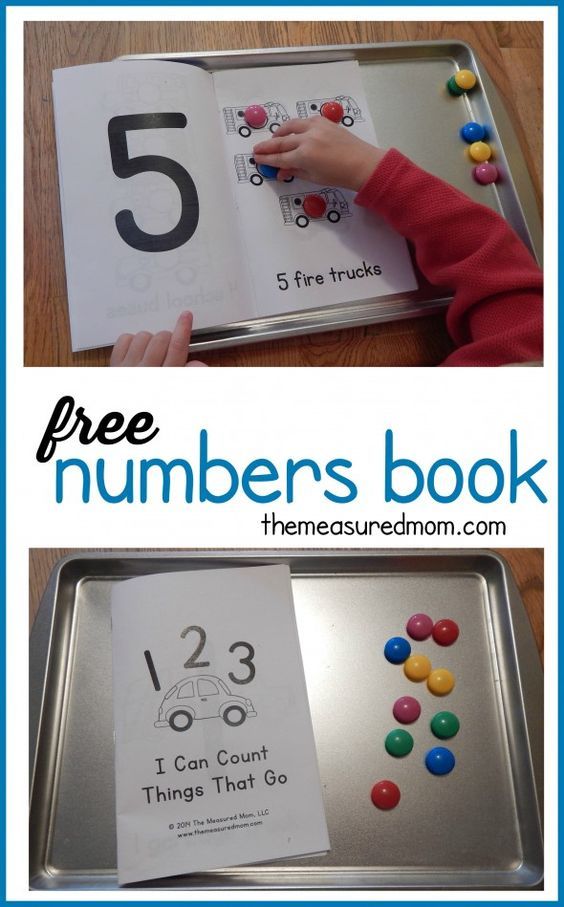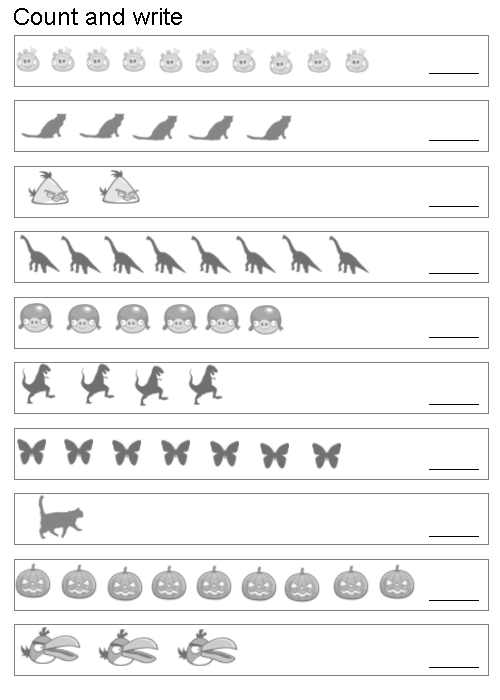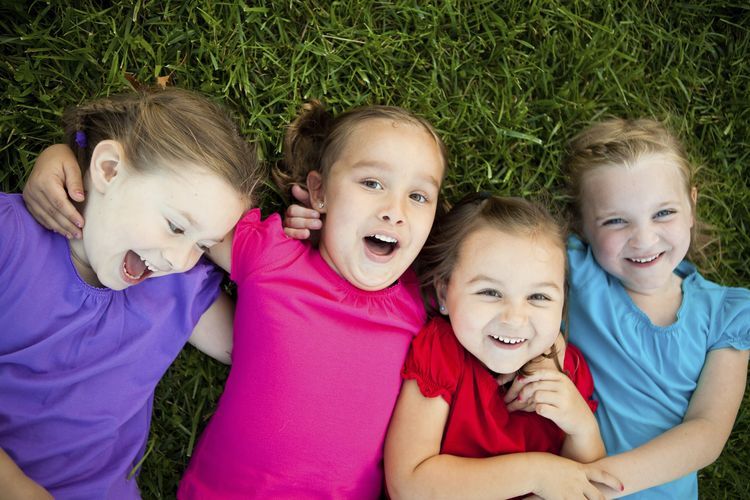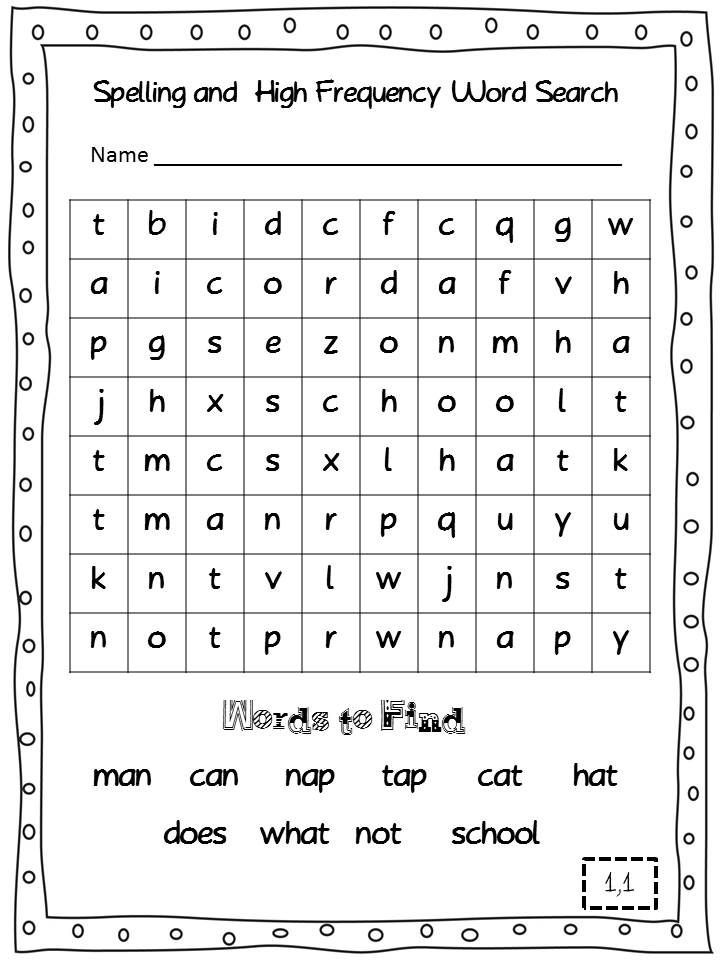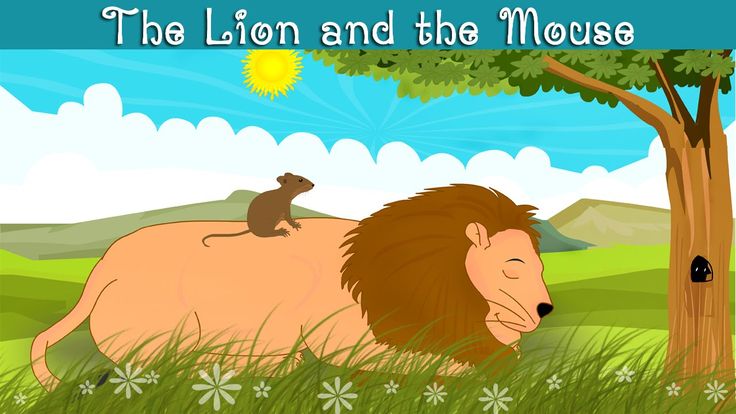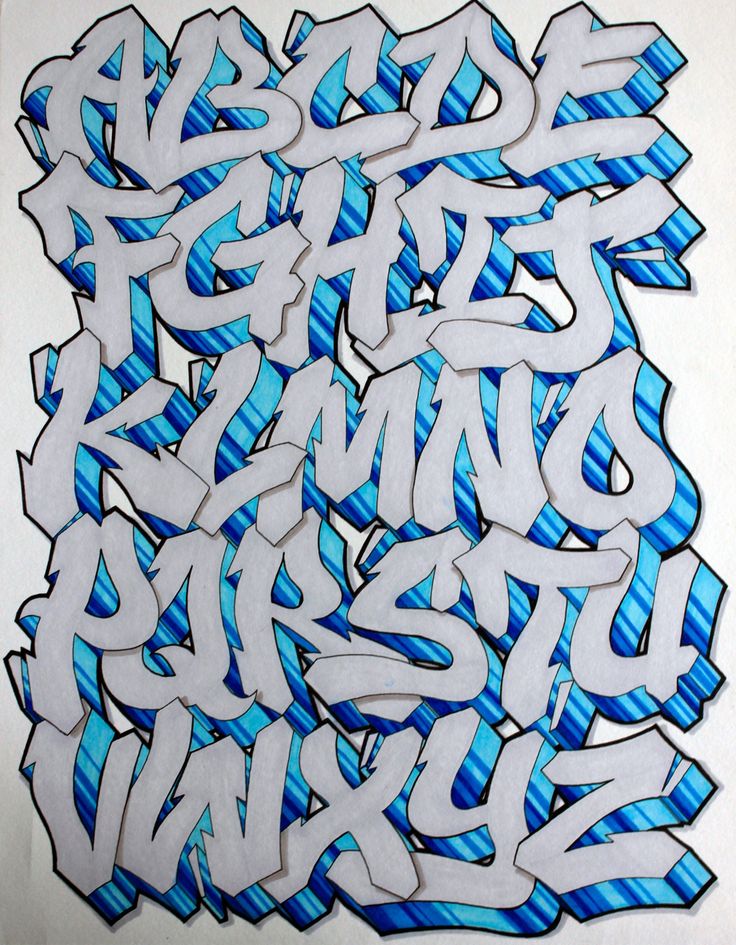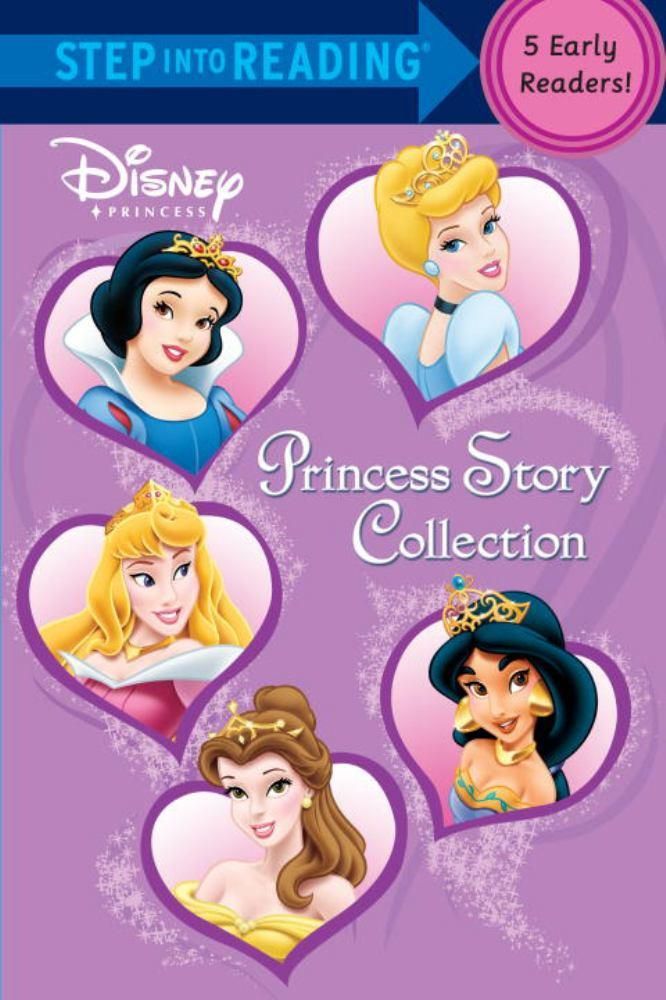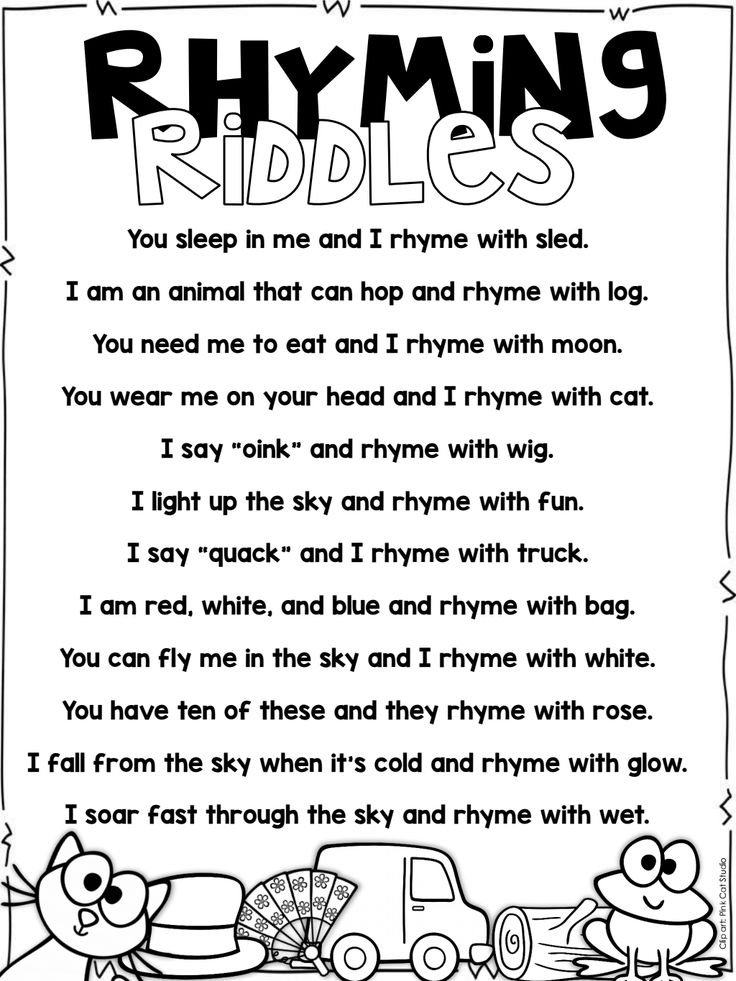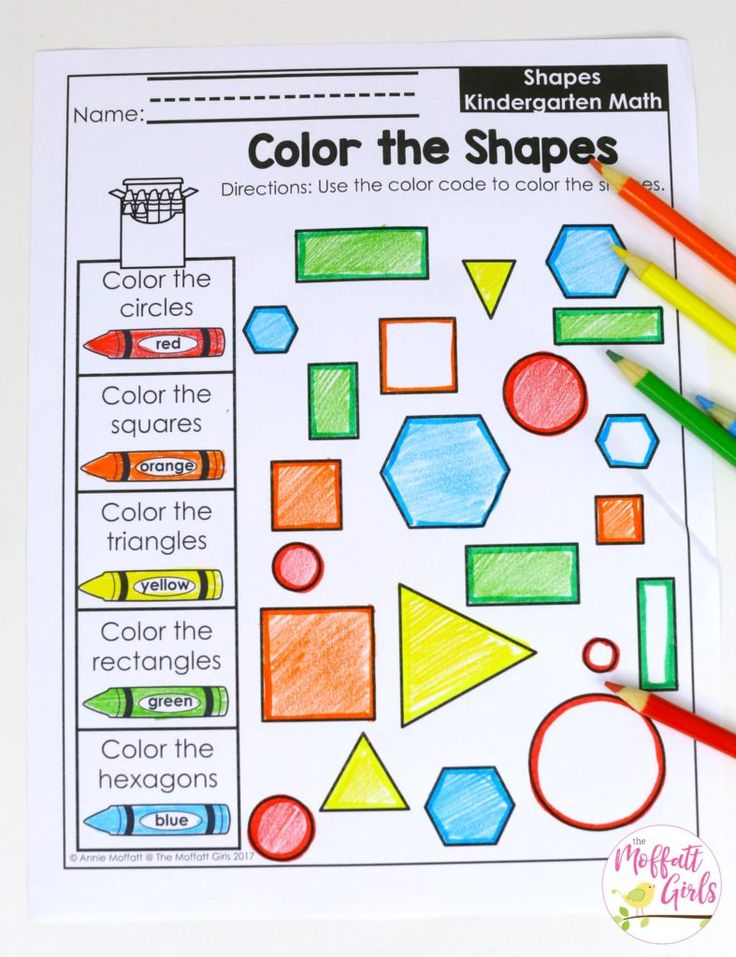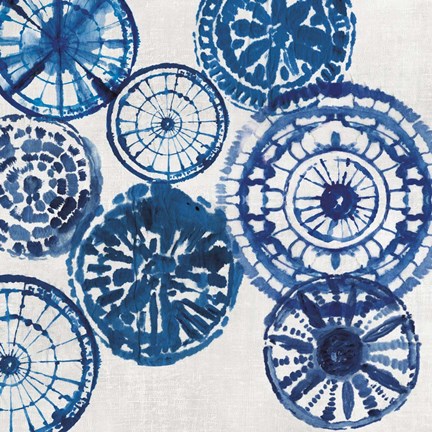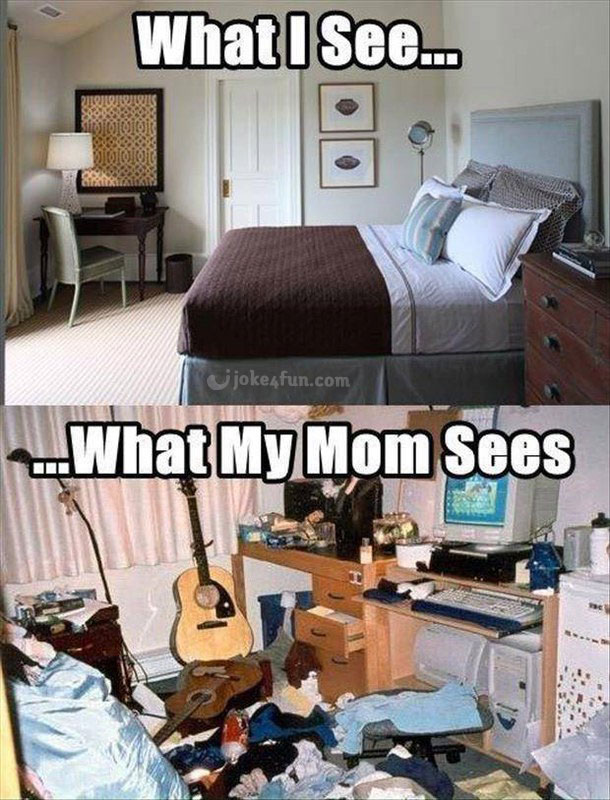Learning to count for toddlers
How Children Learn to Count
- Education
- Maths Tips
- 5 and under
Counting is easily taken for granted but there's a lot of fascinating research into how we learn to count - and there's more to it than you may think.
The mathematical brain
It’s first worth considering where our capacity to do mathematics comes from.
Neuropsychologist Brian Butterworth in his book “The Mathematical Brain” suggests we’re born with an innate sense of number hard-wired into our brain and he attributes this to a small region of the brain behind the left ear he calls "the number module". He compares this idea to colour – in the same way we perceive the “greenness” of a leaf we can also perceive the “twoness” or “threeness” of a group of objects.
Take counting. Like times tables and algebra, we tend to think it's something kids have to be taught. Wrong, says Butterworth - it's an instinct. Sure, we have to learn the names and symbols of numbers to develop that instinct, but, because the number module is hardwired into the brain, basic counting comes naturally.
Remote tribes can count even when they have no words for numbers. In maths as in language he believes, "kids start off with little starter kits" And their maths starter kit is the number module.
There are other theories too - such as maths being an extension of our spatial awareness – but there’s something nice in the idea of a “little maths starter kit”.
A Word of warning - All this doesn't mean a child is predestined to be either good at maths or not. Far from it, we’re all born ready to learn maths – and it’s what happens in the first 10 years or so that sets us up.
Counting with toddlers
Research suggest that toddlers - even as young as 12 months - have a sense of how many there are in a set - up to around three objects. This comes from their innate sense of number.
Counting is learned when the toddler starts making the connection between this innate sense of "how many there are" and the language we use to count "one, two, buckle my shoe". This is the first stage in learning maths and it's the building block for many early concepts.
Should parents count with their toddlers? Absolutely, using a variety of real objects. And since counting and language are interlinked reading to your toddlers is equally, if not more, important.
Counting - early learning milestones
Here are some stages of learning to count that you may notice your child going through at ages 3 to 5:
- Recognising how many objects are in a small set without counting. So if you show your child four apples they won't have to count them to tell you there's four.
- Knowing the "number words" from one to ten and their order.
- Know the sequence regardless of which number they start on. So if you say "start counting at four" they will count "four, five .
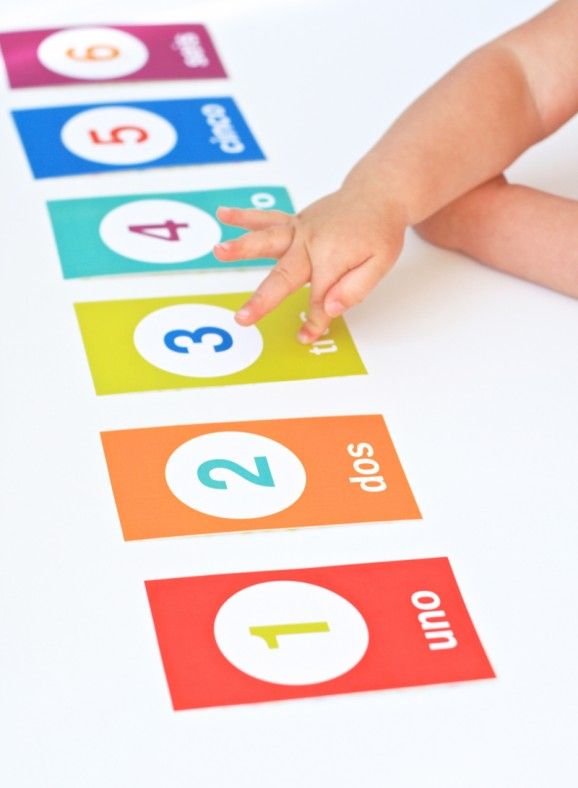 ." as opposed to always counting from one.
." as opposed to always counting from one. - Conservation of quantity - This is where children realise that the number of objects in a set stays the same unless any are added or removed. So if they count six cans of beans in a straight line, then you rearrange the beans ( in front of their eyes ) into say two stacks of three - they will realise there's still six without recounting.
- Counting non-visible objects - your child will realise they can count things they can't touch or even see - such as sounds, members of someone else's family, or even ideas.
- Cardinality, not to be confused with carnality - This is knowing that the last number counted is equal to the quantity of the set. If your child counts six oranges 1,2,3,4,5,6 and then you ask "how many oranges are there"? and they count them again then they haven't grasped "cardinality".
Counting on - as a step towards adding
Learning to add comes as an extension of counting. Here are some stages a child goes through to make this connection:
- Counting all - For 3 + 5, children will count "one, two, three" and then "one, two, three, four, five" to establish the quantity of the sets to be added – for example, three fingers on one hand and five fingers on the other.
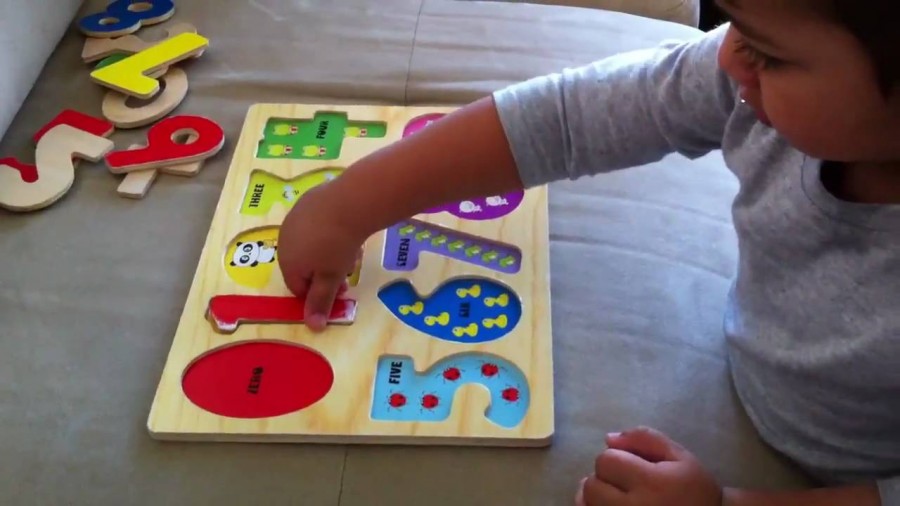 The child will then count all the objects "one, two, three, four, five, six, seven, eight"
The child will then count all the objects "one, two, three, four, five, six, seven, eight" - Counting on from the first number - Some children come to realise that it is not necessary to count the first number to add. They can start with three, and then count on another five to get the solution. Using finger counting, the child will no longer count out the first set, but start with the word ‘Three’, and then use a hand to count on the second added: ‘Four, five, six, seven, eight’.
- Counting on from the larger number - It's more efficient when the smaller of the two numbers is counted. The child now selects the biggest number to start with which is "five", and then counts on "six, seven, eight".
- The final stage isn't really counting - it's where learners know their number facts and skip the time-consuming counting altogether.
Number lines are great visual tools for making this connection between "counting on" and addition or subtraction - we use them in Komodo a lot.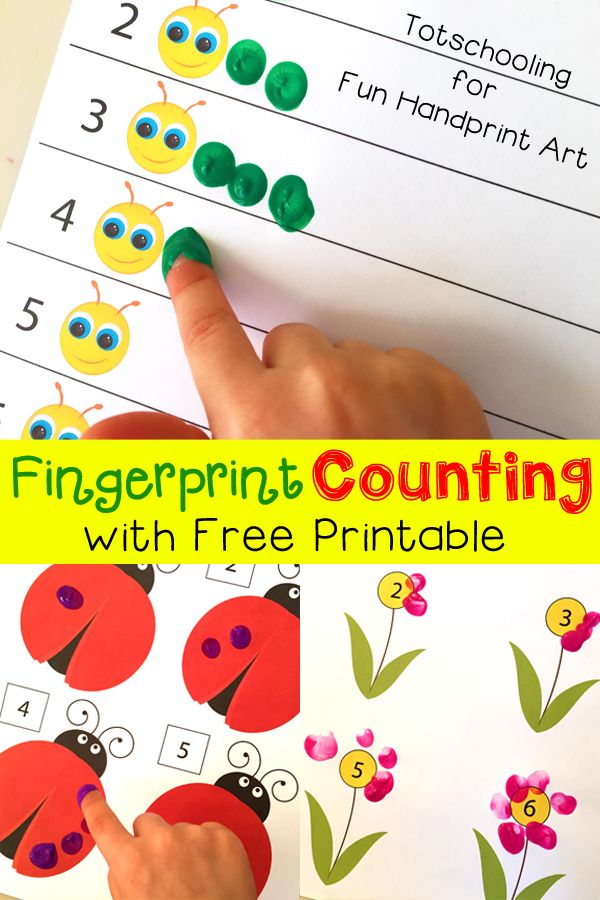 Here's an earlier blog article all about number lines.
Here's an earlier blog article all about number lines.
Beyond basic counting
Counting is the first mathematical pattern learners encounter. From here they soon begin to count backwards which is a step towards subtraction and they'll also count in twos, fives and tens which are a foundation for multiplication.
The next big step is the idea of place value and counting to base 10. Learners often make this leap simply because it's an obvious and efficient way to count large numbers. In Komodo, we use practice examples like this to help learners make the connection to counting in tens and ones.
It's easy to forget that counting is a key concept in maths with many stages before it's mastered. There's certainly a lot more to it than one, two, three!
I'm Ged, Co-founder of Komodo, ex-maths teacher and dad. If you have any questions please get in touch.
About Komodo - Komodo is a fun and effective way to boost primary maths skills. Designed for 5 to 11 year olds to use in the home, Komodo uses a little and often approach to learning maths (15 minutes, three to five times per week) that fits into the busy routine. Komodo users develop fluency and confidence in maths - without keeping them at the screen for long.
Designed for 5 to 11 year olds to use in the home, Komodo uses a little and often approach to learning maths (15 minutes, three to five times per week) that fits into the busy routine. Komodo users develop fluency and confidence in maths - without keeping them at the screen for long.
Find out more about Komodo and how it helps thousands of children each year do better at maths - you can even try Komodo for free.
Related Posts
Mindset - the path to mastery
People who have a growth mindset believe that they always have the potential to learn and improve. They are more motivated to persevere with difficult tasks, to take risks and to learn from failure.
Top tips to de-stress homework time
Homework can be a trigger for some of the worst fights and arguments that we have with our children. Here are some solutions that can help reduce tensions and get homework done without arguments.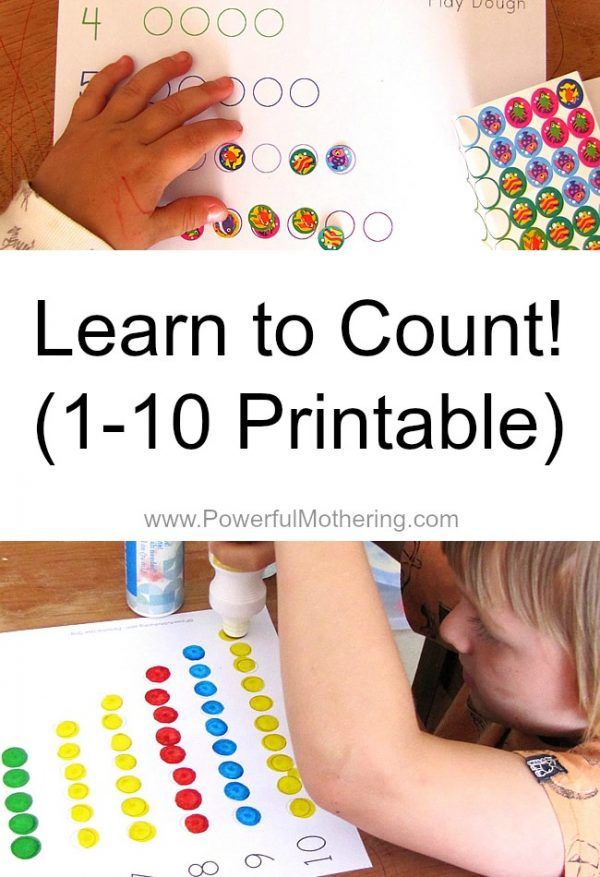
16 Activities to Introduce Counting and Math to Your Toddler
158 shares
- Share
- Tweet
Toddlers are learning so many new skills everyday. They’re gaining and knowledge and becoming smarter with each month that passes.
There are so many learning opportunities available to your little ones. Most skills and concepts they will begin teaching themselves through their natural environment, but others you’ll have to help them along with.
Learning numbers and counting is a skill that can start to emerge around 18 months old. Your child may first learn to count from the repetition of hearing you counting to 10. However, they won’t have any understanding of what those numbers actually mean.
Around 2, they will begin to associate numbers with counting objects. This is a skill that you will be able to teach them by consistently counting and introducing numbers to them during everyday life.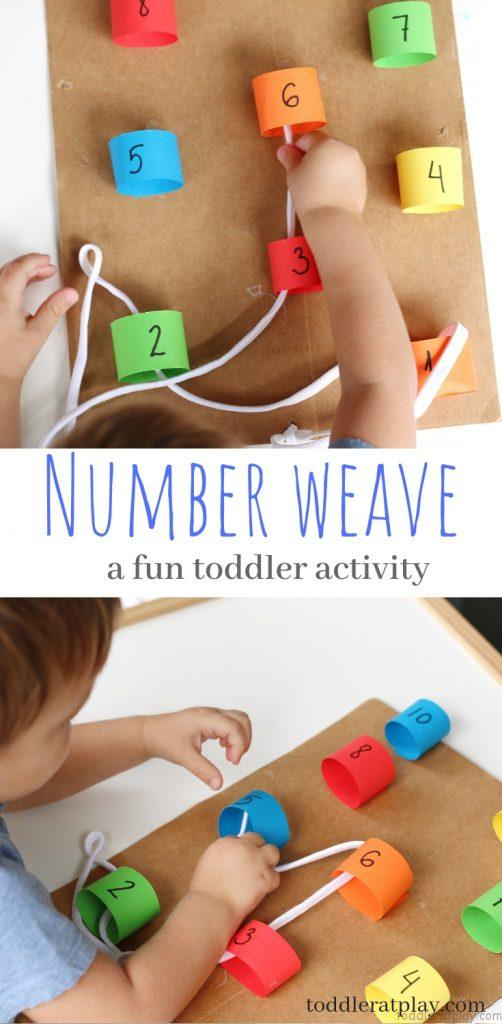
Once you start showing your toddler how and what to count, you’ll see how simple it is to teach your little one and how quickly they’ll catch on. Talking to your child about how many cars are in the driveway, how many carrots are on his plate, or how many cups are on the table are easy ways to make numbers part of daily conversation.
Tips to Teach Counting and Numbers to Toddlers
Follow these tips during the activities listed below and your child will be on their way to counting in no time!
- Be consistent. Once you start teaching your child all about numbers and counting, don’t stop! Do it every day in all the situations you can.
- You count first. When you’re first teaching your child to count, don’t expect them to do it right away. Simply clouting yourself so that they can hear you will benefit them greatly.
- Give them the opportunity to do it themselves. After you’ve been counting with them consistently, make sure they’re repeating the numbers with you.
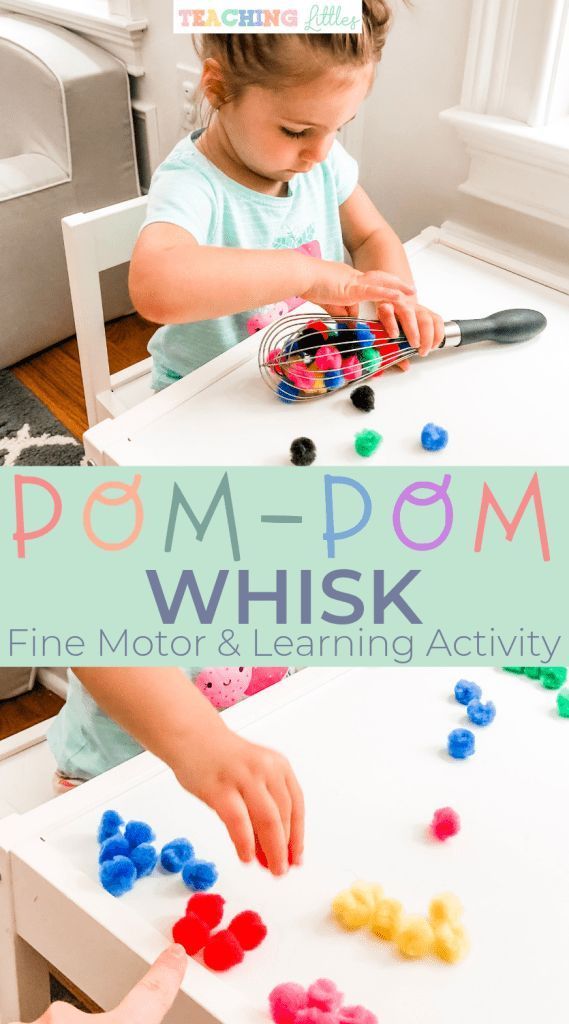
16 Everyday Activities to Introduce Counting to Your Toddler
Here are some simple activities using muffin tins and other household items for your toddler or preschooler:
1. Count snacks
If your child is motivated by snacks (and what kid isn’t?), this is a great way to work on counting. If your child asks for Goldfish, pretzels, gummies, crackers, etc., have them count how many you are giving them. Have them ask you for a certain number and you will give them that number as they count.
For example, How many goldfish do you want? 5! Ok, Here’s 5 Goldfish. 1, 2, 3, 4, 5. As they start understanding to count, they can start saying the numbers with you.
2. Count toys
While playing, have your child count the toys that they’re using. If they’re playing with blocks, Legos, dolls, etc. there are always things to be counted!
Tell them to pull out all the red toys or blue toys and just count those. Identify a certain shape or items that they should find and count.
3. Count their steps
As you walk up the stairs with your child, have them count each stair they climb. You can start saying numbers every time they step up and as they learn to count, make sure they are saying the numbers with you.
4. Count stickers or stamps on paper
Have your toddler place stickers or stamps on a piece of paper and count them as they put them down. Once completed, have them count the stickers all together. Make sure they are using their finger to point to each one as they assign it a number.
5. Count ball throwing/rolling
Roll or throw a ball back and forth with your toddler. Count with them each time the ball leaves their hands or your hands.
6. Count jumps
If you can safely have your child cup on the couch, bed, trampoline, or even ground, have them say a number each time they jump.
7. Count things outside on a walk
When you take a walk outside with your toddler, point out all the things in nature or around your neighborhood that you can count.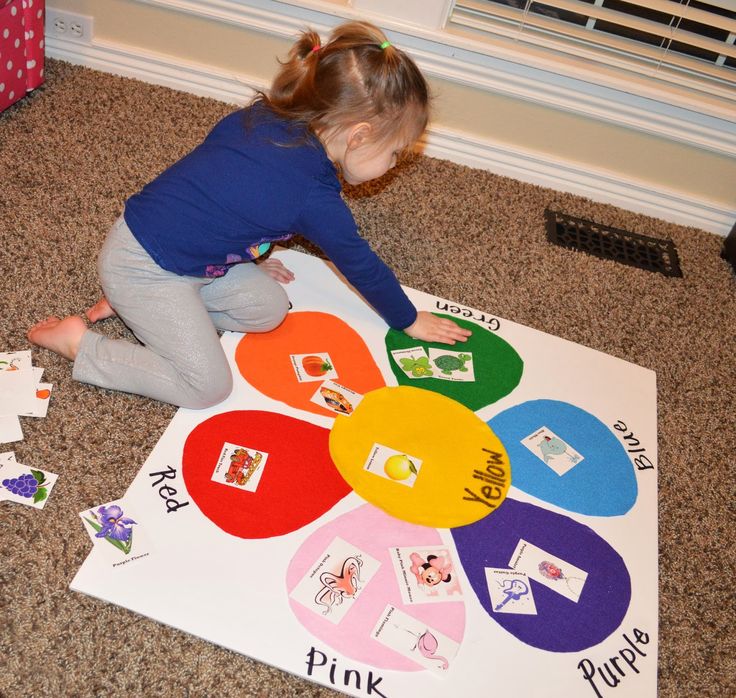 Ask your child how many cars are in the driveway, how many houses are on the street, how many trees are in your yard, how many flowers are in the garden, etc. There are so many counting opportunities outside!
Ask your child how many cars are in the driveway, how many houses are on the street, how many trees are in your yard, how many flowers are in the garden, etc. There are so many counting opportunities outside!
8. Count items to make a tower
Using blocks, stacking cups, or Legos your child can build a tower. Tell them to count the blocks in the tower and make it as tall as they can.
9. Count dots or shapes on paper
Draw some circles, squares, or triangles on paper and have your child count them as they color or scribble.
10. Count stacking cups
Stacking cups are great for so many learning activities. Counting is one of them! Have your child count the cups as they stack them, insert them, place them in a row, etc.
11. Show more or less
Make two piles of different items (snacks or toys)- one with more and one with less. Tell your child which pile has more items and which has less. This is an important concept to learn as they understand what numbers mean. Therefore, if they see 5 of something or 2 of something, they will know which one has more or less.
Therefore, if they see 5 of something or 2 of something, they will know which one has more or less.
12. Count in books
When you’re reading to your child, pick out items that your child can count. Ask them how many flowers are on this page or how many kids are on that page.
13. Make patterns
Patterns are an important math concept. Use blocks or toys to organize a pattern. Teach your child about color patterns first with blue, red, blue, red, blue, etc.
14. Recognize shapes
Shapes are also part of math as children will recognize shapes by their number of sides. Teach your child how to distinguish between shapes by counting their sides.
15. Divide and sort in muffin tins
Muffin tins are an awesome household item to use for a variety of activities. Take objects or toys and place them into different cups of the muffin tin. Have you child count how many are in each cup or sort items by color or shape by dividing them into different cups.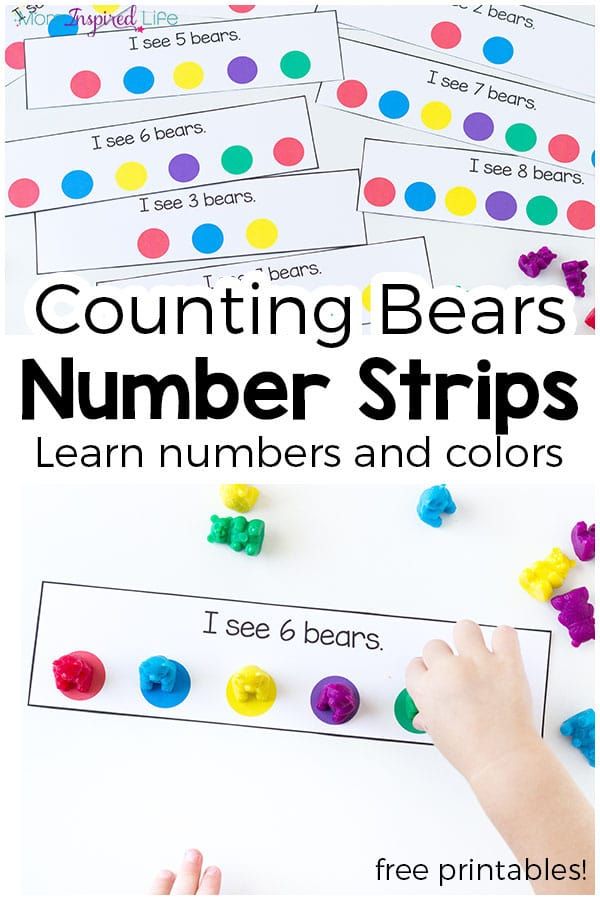
Related Post: 12 Muffin Tin Activities for Learning and Development
16. Count food
Use meal time as a learning experience! Count the blueberries, carrots, or chicken nuggets on their plate!
I hope you enjoyed all of these counting activities for your toddler. As you can say, they are all simple ways to incorporate numbers and counting into their everyday life.
As always, be consistent with your approach to teaching new skills and your child will catch on quickly!
Related posts:
Album for the little ones. Learning to count! With mathematical prescriptions - multicar.lv
Categories
Books
News Promotions % Automobiles, Literature, Genesis, Political Summaria, Political Summarian Romaemedicia, Philosophy, Philosophy, Philosophy, Philosophy, Philosophy. weapons, fishingSouvenirs. AccessoriesScience FictionEsoterica, astrology, magicEconomic literature
Gift cards
games, toys
MNOGOKNIG Games Toys Gamebooks Board games Educational games
Baby products
Teethers and pacifiers Sun loungers and swings car seats Baby protection accessories wigwam Children's furniture Baby clothes Cribs travel bed bathing baby Mattresses Pillows for pregnant women Educational toys for toddlers Textile Goods for feeding Baby care Walkers
holiday goods
All postcards Carnival costumes, masks and accessories Disposable tableware gift boxes Gift bags Candles Balloons
School supplies
Paper products globes Stationery Folders pencil cases Goods for creativity School bags
Art, craft and hobby supplies
Decoration Pearl effect for decoupage Painting Contour for glass and ceramics Fabric Outline Candle paints Sketching markers Modeling Other Needlework
Traditional goods
Fire bowls and hearths Matryoshkas Scarves Samovars Porcelain figurines
other goods
Accessories for girls Boys' accessories Picnic supplies Photo albums
publisher
About the publisher Reusable stickers Board games Workbooks for preschoolers Workbooks for schoolchildren Educational lotto Coloring pages for girls Coloring pages cars and equipment Color with water! Teaching aids for preschoolers
News
out of stock
out of print
Code: 9785170985845
Unfortunately, the entire circulation of
of this book has ended.